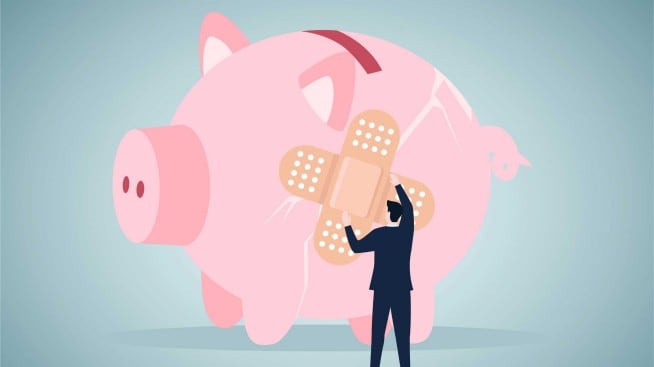What is revolving credit?

If you're wondering what revolving credit is, you may be more familiar with it than you think. Revolving credit is a type of loan that's automatically renewed as debt is paid. It helps to give cardmembers access to money up to a preset amount, also known as the credit limit.
How does revolving credit work?
When you're approved for a revolving credit account, like a credit card, the lender will set a credit limit. The assigned credit limit is the maximum amount of money that you can charge to the account. When you charge a purchase to your credit card, you'll have less revolving credit available at that time.
Then, when you make a payment, your available credit will typically increase, though your limit will remain the same. You can choose to pay off the balance in full at the end of each billing cycle or you can carry over a balance from month to month, “revolving" the balance, but you'll have to make the minimum payment to avoid penalties.
Types of revolving credit
Two of the most common types of revolving credit come in the form of credit cards and personal lines of credit. Some examples of revolving credit include unsecured and secured credit cards.
What is unsecured credit?
Most credit cards that are on the market are unsecured credit cards. Secured and unsecured credit cards work similarly, but the biggest difference is the security deposit. An unsecured credit card is a type of credit card that isn't secured by collateral, such as a deposit. The credit limit is determined largely by the cardmember's credit profile.
What is secured credit?
A secured credit card is a type of credit card that's backed by a cash deposit. To open a secured credit card account, money must be deposited with the credit card issuer before you can use it, also known as a security deposit. This deposit is held by the credit card issuer while the account is open. In most cases, the amount of money you provide as collateral represents credit limit.
Installment loans vs. revolving credit: What's the difference?
Installment loans and revolving credit are two major types of credit, but with different features. Installment loans allow you to borrow a specific amount of money that can be repaid over a set period in fixed monthly installments. The account is then closed once you pay off the last installment. Revolving credit is intended for shorter-term and smaller loans. It requires only a minimum payment plus any fees and interest charges. Even if you pay your balance, the line of credit remains open.
In summary
Revolving credit is a line of credit that remains available over time, even if you pay the full balance. Credit cards are a common source of revolving credit, as are personal lines of credit. Not to be confused with an installment loan, revolving credit remains available to the consumer ongoing.



